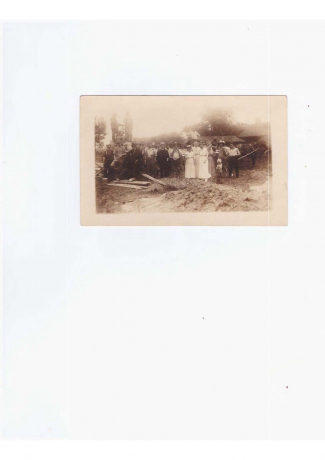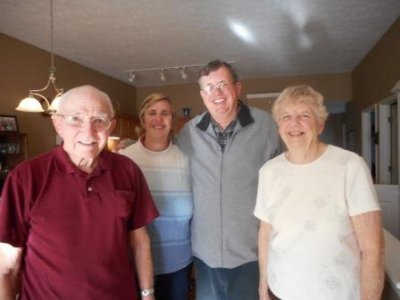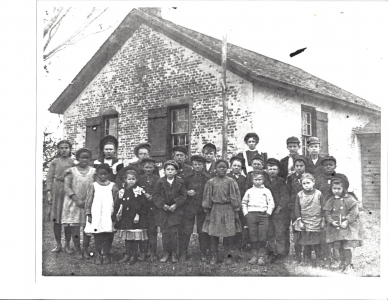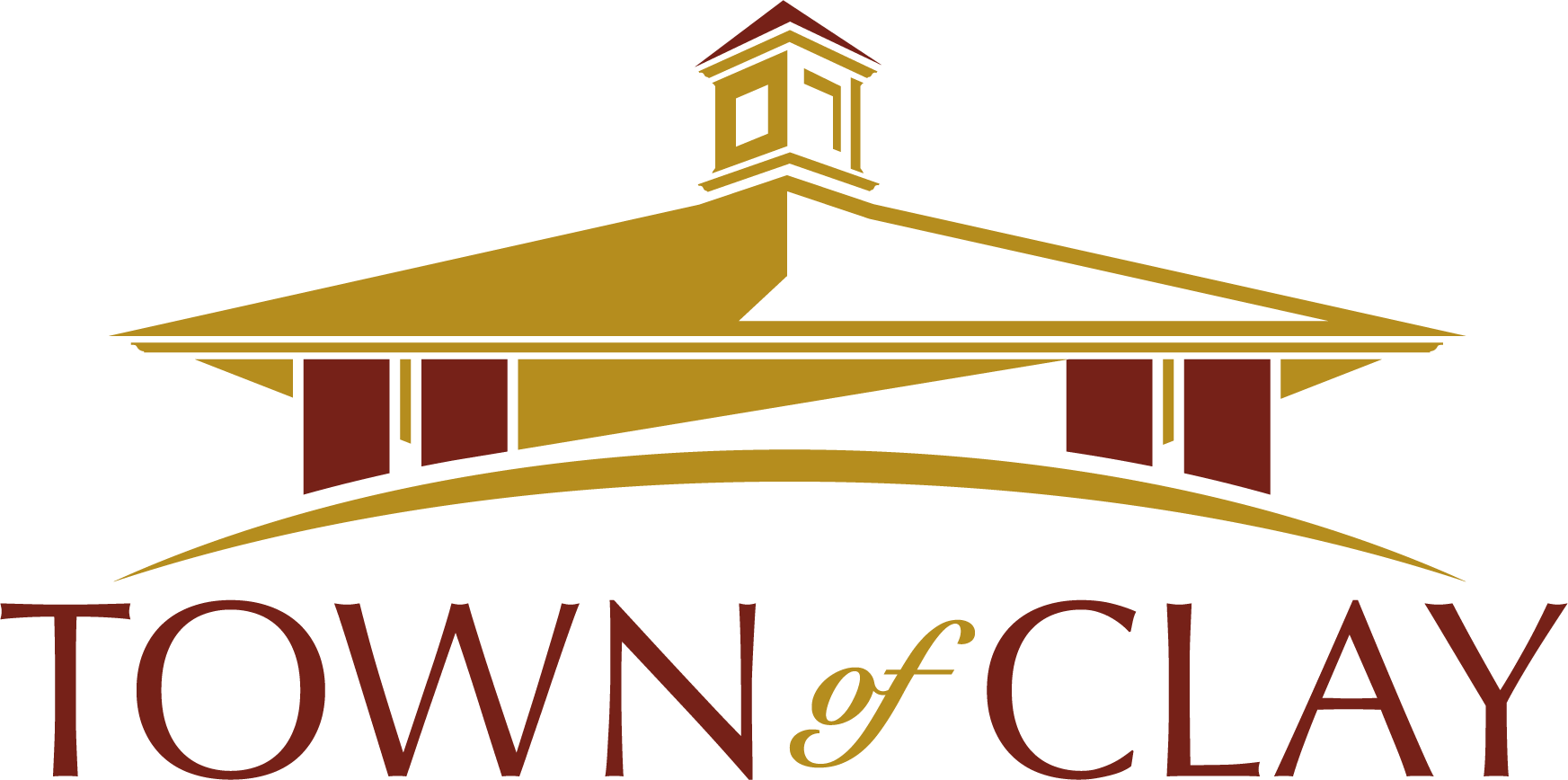Immanuel Lutheran Church GroundbreakingPosted on November 6, 2015 |
Image

|
REMEMBERING CLAY
Immanuel Lutheran Church Groundbreaking
On Sunday September 20,2015 approximately 100 people celebrated the tooth anniversary of the groundbreaking for a new edifice for Immanuel's congregation. (See attached photograph from 100 years ago.) Their story begins in 1708 in the Palatinate of Germany.
The ancestors of the church founders were evicted from Germany during a war with France leaving everything behind. Following the Rhine River through Holland to England many were able to stay the winter in England. While there, Peter Schuyler, Mayor of Albany, and his group of Mohawk Sachemes (chiefs) took pity on these refuges and presented Queen Anne with a tract of land in Schoharie to settle these Palatines. On December 25, 1709 approximately 3,000 souls boarded 10 ships bound for America as "servants of the Crown" under Governor Robert Hunter to settle and make stores for the war. Many died at sea and many while quarantined on Nuttens Island (later known as Governor's Island) in New York City. However, they were settled on both sides of the Hudson at West Camp and East Camp. Life did not go well for them, so they began leaving for Schoharie where they built homes, farmed and plied their trades with the help of the natives.
After the Revolutionary War, in which they fought on both sides many headed west along the Indian trail, now Route 31,to land called the Military Track. This land was given as payment for serving in the war on the colonist side. Around 1812 a family of eight siblings named Young settled in Clay and called it Dutch Settlement. It was mainly in the Caughdenoy section. The natives in the Clay area were the Onondaga, one of the six nations of the Iroquois (Haudenocaunee) Confederacy. The natives taught them to grow squash, beans and corn, how to trap eel in the Oneida River and what animals to hunt. Their friends and relatives soon followed.
Once settled, they formed a church Congregation, at first German Lutherans and Dutch Reformed combined. Oral history relates that the Lutherans met at Squire Peter Young's home until they had a building. They built their church on Van Hoesen Road off Caughdenoy and called it Dutch Settlement Church. An historic marker marks the location. The first pastor, the Rev. Senderling recorded the first births, deaths and marriages at this time and served until1828. However, first burial was in 1812 at the "Old Town Cemetery'' later called Pine Plains Cemetery. It was Peter Young, son of Jeremiah and Maria Stroebeck Young and father of Squire Pete Young.
An interesting event occurred in the early life of Immanuel. The Frankean Synod was formed May 24-
1
25, 1837 and one of the reformers was the Rev. William Ottman,the church's second pastor who had
left the church to help organize the new synod. Membership required a "credible evidence of being born again and living according to the precepts and requirements of he Gospel." The leaders of the synod were required to sign a pledge requiring "total abstinence from intoxicating beverages and from advocation or association with the system of slavery.' The first ordination of this synod was "on June 10,
1838 at 10 a.m. before a numerous congregation assembled in the Lutheran Chapel located in the Town
of Clay, Onondaga County." The Frankeans were the first American Lutherans to adopt the designation
'Bishop'. The title was formally adopted by Synod and referred to any ordained minister. Pastor Ottman came back and served until1861.
From 1861to 1914 other pastors served and sometimes pastors from other churches filled in. At some point after the end of the Civil War, Immanuel rejoined the American Lutheran Church. The church grew and adjusted to the times. It was the center of culture and activity.
In 1915, it was decided by the members to move to the 'center of town' where businesses and activity were located- factories, the railroad station and stores. Lambert Weller, of one of the founding families, donated land on Route 31near the railroad tracks. After the groundbreaking ceremony on September 19, 1915, the old building was torn down very carefully in order to reuse as much of the old building material as possible and work began. The Rev. Dr. Carl Zinsmeister, Missionary Superintendent of the Synod of New York, was in charge of construction. But they found they had to solve some very unusual construction problems!
Dorothy Heller, Historian
Other
Remember Clay Stories

Australian's Visit Town of Clay
Remembering Clay | Dec 14, 2015
REMEMBERING CLAY
Australians visit great great-grandfather’s homestead

Former Slave, Frank Brown, comes to Clay
Remembering Clay | Aug 1, 2012
A couple of weeks ago, I was fortunate to receive a booklet on the Reminisces of Joseph H.
